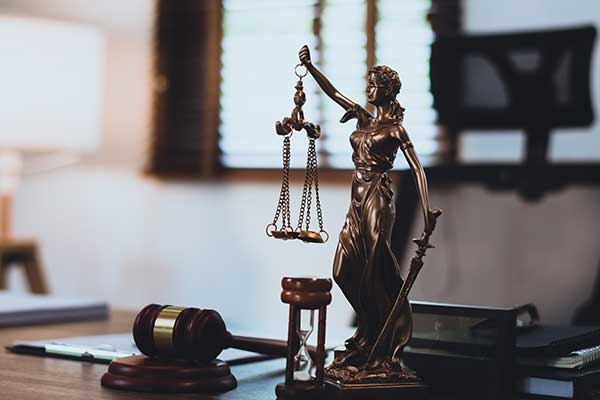If you’re facing criminal charges, you need an experienced attorney who can stand up and fight for your rights. At my firm, I focus primarily on criminal defense and use every tool available to help my clients get the outcomes they are seeking.

An Experienced Criminal Defense Attorney Serving Tulsa And Beyond
Practice Areas
You Don’t Have To Face Criminal Charges Alone
The criminal justice system can be scary and confusing. After all, people charged with crimes will be going up against a government agency that is seeking to punish them with jail or prison time. Even some traffic tickets and other seemingly minor charges can carry jail time or hefty fines. You cannot afford to lose your freedom, your reputation, your business or the path you have chosen for yourself in life.
Fortunately, you don’t have to face criminal charges alone. My name is Stephen Cale, and as your defense lawyer and legal advocate, I will help you understand your options at every step in the process so you can make informed decisions with confidence.
Because the stakes are high, you need an experienced attorney dedicated to criminal defense to work hard to defend you. I’ve worked a full range of cases, from tickets to misdemeanors to felonies, including murder. I have more than two decades of criminal defense experience, and that translates to high-caliber knowledge and skills that I will employ to address your legal needs and give you direction.
As the founder of Cale Law Office, I defend the rights of my clients in criminal matters – investigations, plea negotiations, trials and appeals. I’m admitted to practice in the state of Oklahoma, including municipal, state and federal courts. I’m also admitted to the United States Court of Appeals for the 10th Circuit and the Supreme Court of the United States.
Testimonials From Past Clients
“I had two different charges against me – a drug charge and obtaining money by false pretenses. I didn’t have an attorney, the cases lingered, and I later decided to pursue a bachelor’s degree. After I hired Stephen Cale, he got the charges against me dismissed. Now I don’t have to worry about a felony record hurting my career prospects.”
“I was arrested and charged with driving while intoxicated, and had my driver’s license suspended. Stephen Cale got my driver’s license fully re-instated and the suspension dismissed! I’ll also have the charge against me dismissed and expunged (erased) from my record.”
“The DA filed a felony drug charge against me and wanted to put me in prison for 7 years. The attorney that I had at the time couldn’t get the DA to change her mind. She was determined to send me to prison, and I didn’t want to risk going to trial. I let my attorney go and hired Stephen Cale. He was able to get me on probation – no prison time. Now I don’t have to worry about being locked up and away from my daughter.”
More About Me
Stephen Cale
Personalized Attention For A Wide Range Of Criminal Matters
I have represented clients facing a range of misdemeanors and felonies under Oklahoma law. No matter what kind of charge you’re fighting, I will work closely with you to design a legal strategy tailored to your unique needs and priorities. In every case, my goal is to minimize the effect of criminal charges on my clients’ lives. In some cases, that means having the charges against them reduced or dropped. When that is not possible, I work to achieve the lightest possible sentence or probation. At every step in the legal process, my focus will be on helping you get back to living your life as you choose to live it as quickly as possible.
Among the many charges I have helped my clients fight, I have particularly strong experience in drunk driving and drug charges. In addition to these charges resulting in criminal cases, they also create administrative problems, such as the suspension or revocation of the defendant’s driver’s license. I can help you navigate both the criminal and administrative aspects of your case at the same time so that you can focus on the more important parts of your life.
Get Started With A Free, 30-Minute Initial Consultation
To schedule your in-person or phone consultation, contact me by calling 918-771-7314 or emailing my office.



